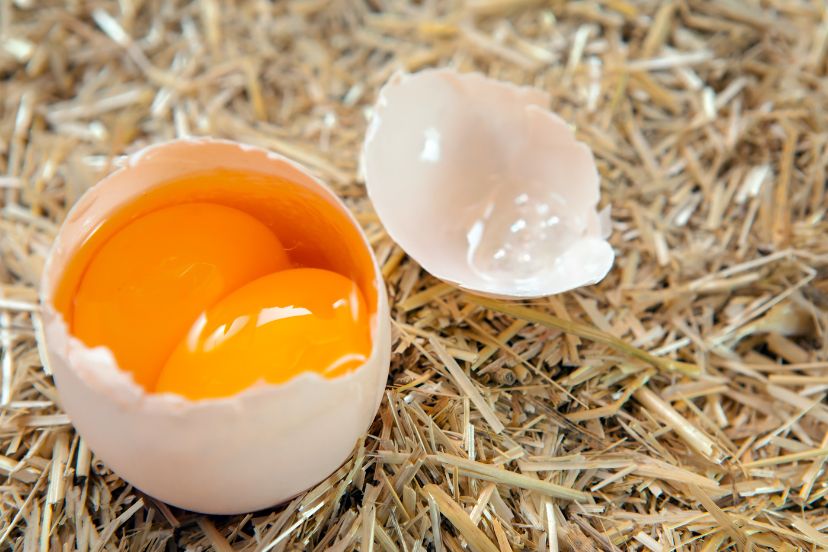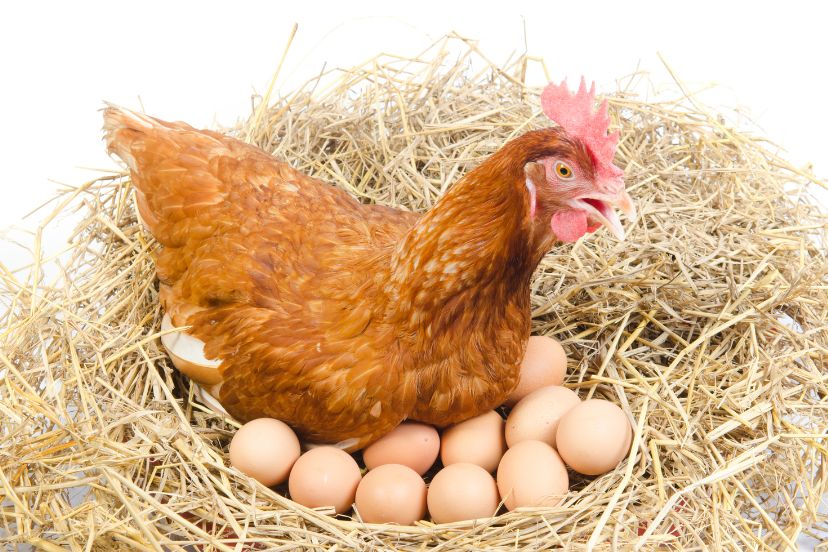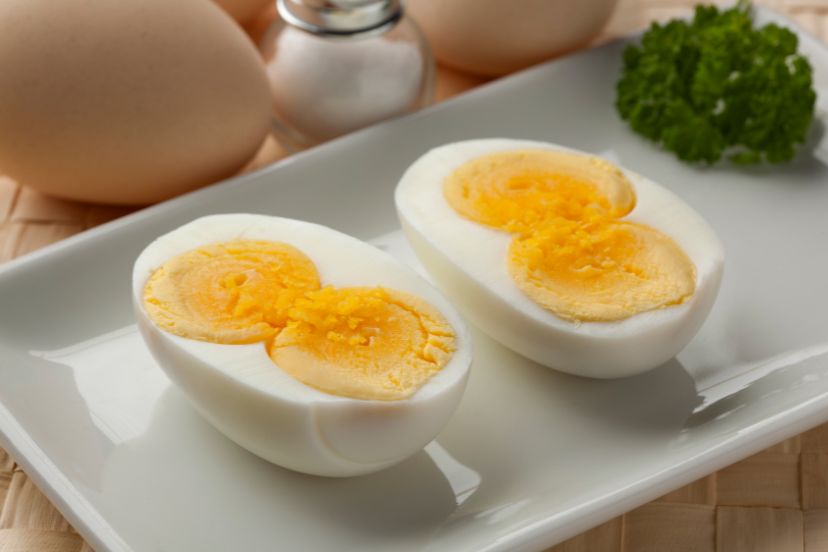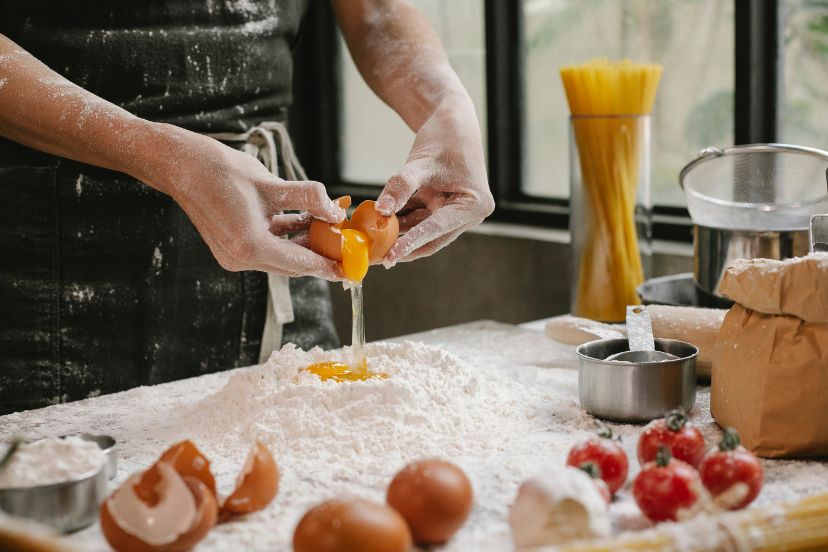Double Yolk Eggs Phenomenon: Origins and Implications
Have you ever cracked open an egg to find not one, but two yolks? It might be rare, but it’s a fascinating occurrence in the world of egg production. Eggs are a staple in many kitchens around the world. They’re incredibly versatile, forming the basis for countless dishes and acting as a key ingredient in others. But did you know eggs can hold more surprises than you think, such as the occasional double yolk? Let’s take a closer look.
Double Yolk Formation
Under normal circumstances, a hen’s ovary develops ova sequentially. When an ovum (singular of ova) is matured, it’s released into the oviduct, a pathway leading from the ovary to the outside of the bird. During this journey, the ovum is surrounded by albumen (egg white), a set of protective membranes, and finally a shell, forming a complete egg. The process typically starts anew only after the egg is laid.

Double yolk eggs occur when two ova are released closely together and encased in the same shell, a phenomenon more common in hens at their egg-laying peak or those with high fertility.
However, sometimes a minor ‘glitch’ in this timing can lead to the formation of double yolk eggs. If a second ovum matures and is released before the first one has had a chance to be encased in a shell, both ova end up traveling down the oviduct together. They get wrapped in albumen and membranes simultaneously, and when the shell forms around them, they’re encased together, creating an egg with two yolks.
This ‘glitch’ can happen for several reasons, most notably in hens at the peak of their reproductive cycle. These hens are typically younger, with their egg-laying process in overdrive, sometimes leading to quicker releases of ova. This increases the likelihood of two ova being released into the oviduct close together, hence more double yolk eggs.
Some hens are more fertile, releasing ova more often, leading to double yolk eggs when two ova share a shell. This phenomenon is a result of two ova descending the hen’s oviduct closely. Though uncommon, these eggs are safe to eat and offer a pleasant surprise.
The Rarity of Double Yolk Eggs
Now that we’ve learned the process behind the formation of double yolk eggs, it might strike you as surprising that they aren’t more common. After all, it sounds like a simple case of two ova being released too close together– why doesn’t that happen more often?
Age Factors
When hens are young, particularly those who’ve just started their egg-laying journey, their reproductive systems are still settling into a rhythm. Like any system, it takes some time for the egg-laying process to regularize. During this initial phase, it’s not uncommon for the release of ova to be somewhat irregular, and as a result, two ova might end up being released into the oviduct close together more frequently. This leads to a higher chance of young hens producing double yolk eggs. However, as the hens age and their reproductive systems stabilize, the occurrence of double yolk eggs tends to decrease, contributing to their overall rarity.
Breeding Factors
The genetic makeup of a hen can also play a role in the production of double yolk eggs. Certain breeds of hens are more predisposed to producing double yolks. For example, breeds like the Rhode Island Red or the Sussex, known for their high egg-laying capacity, are more likely to lay double yolk eggs compared to other breeds. This genetic predisposition, however, is not a trait that can be selectively bred for reliably. It’s not as simple as breeding two double yolk producing hens and expecting all their offspring to carry this trait. The genetics of egg-laying are complex, and multiple factors influence whether or not a hen will lay double yolk eggs.

While the process that leads to the formation of two yolk eggs is fairly straightforward, the factors influencing its occurrence are numerous and complex, which ultimately leads to the rarity of these unique eggs.
The Nutrition of Double Yolk Eggs
After delving into the how and why of double yolk eggs, it’s time to turn our attention to their nutritional value. Do these ‘egg-stra’ yolky specimens offer us any extra health benefits compared to their single yolk counterparts, or are they simply a surprise package with the same contents? Let’s find out.
Caloric and Nutrient Differences
When it comes to the nutritional composition of eggs, the yolk is a key player. It’s the powerhouse of the egg, densely packed with vital nutrients and fats. Thus, it should come as no surprise that a double yolk egg, containing two of these nutrient-rich centers, would have a different nutritional profile from a single yolk egg.
In terms of calories, a double yolk egg does carry more than a regular egg. The yolk contains most of an egg’s calories, primarily from its high protein and fat content. With two yolks, a double yolk egg inherently has more protein and fat, and consequently, a higher caloric value.
But it’s not just about the calories – a double yolk egg also provides an increased amount of certain nutrients. For example, they contain more Vitamin A, a nutrient essential for maintaining healthy vision, skin, and immune system function. Double yolk eggs also offer more choline, a vital nutrient that aids in brain development and function. These eggs offer more iron, essential for hemoglobin in red blood cells, which transports oxygen throughout the body.

While double yolk eggs may be a rarity, they are a nutritional powerhouse. Whether you’re looking for an extra protein boost to your meal, or seeking to increase your intake of certain nutrients, finding a double yolk egg in your carton is more than just an interesting surprise – it’s a nutritional bonus!
The Superstition Surrounding Two Yolk Eggs
Double yolk eggs, with their rarity and interesting formation, have been the subject of fascination, intrigue, and superstition across many cultures and throughout history. These eggs, with their ‘egg-stra’ surprise, have often been viewed as symbolic or portentous.
Historical Beliefs
In the past, finding a double yolk egg was often interpreted as a sign of fertility and abundance. This belief is perhaps not too surprising, considering that the egg itself is a potent symbol of life and birth. Two yolks in one shell might indicate a doubly fertile or abundant period ahead.
Certain cultures even extended this symbolism to predict personal events. A forthcoming marriage or the birth of twins, both situations involving a pair, were said to be foretold by the discovery of a two yolk egg. The two yolk, signifying a pair or doubling, was associated with these paired or doubled events in one’s life.
Modern Interpretations
While our understanding of the biological processes that create double yolk eggs may have demystified their formation, the superstitions surrounding these unique eggs have not entirely disappeared in the modern era. Today, many people still view finding a double yolk egg as a sign of good luck. Considering their rarity, stumbling upon one in your egg carton could indeed feel like a fortunate event.
And, let’s be honest, couldn’t we all use a bit of extra luck now and then? Whether it’s in the form of a lucky penny, a four-leaf clover, or a double yolk egg, symbols of good luck are always welcome. So, the next time you crack open an egg and find two yolks, remember you might just have a little extra luck on your side for the day!
What To Do When You Find a Double Yolk Egg
You’ve just cracked open your morning egg, anticipating the usual single yolk, but lo and behold – two golden orbs are staring back at you. It’s a double yolk egg! Amid the surprise, you might be wondering what to do now. Do you cook it differently? Does it taste the same? Let’s put those questions to rest.
Cooking With Double Yolk Eggs
Despite their unique anatomy, double yolk eggs can be cooked and used in exactly the same way as single yolk eggs. Whether you like your eggs scrambled, poached, fried, or baked, a double yolk egg can do it all.
Think of a double yolk egg as a bonus pack – it carries all the same qualities of a regular egg, but with an extra dollop of yolk richness. The additional yolk contributes a bit more creaminess to scrambled eggs, a touch more decadence to a poached egg, and extra richness to baked goods.

In baking, using a double yolk egg might even be beneficial. Yolks can provide moisture and fat to a recipe, helping to make cakes richer and baked goods more tender. So, if a recipe calls for an extra yolk, a double yolk egg can come in handy.
FAQs
What breeds of hens are more likely to lay double yolk eggs?
High-egg-laying breeds like Rhode Island Red or Sussex are more prone to lay double yolk eggs, but factors like age and genetics also play a role.
Is there any way to increase the chances of getting a double yolk egg?
Young hens, certain breeds, balanced diet, increased light exposure, and genetics can boost chances of double-yolk eggs, but aren’t guarantees.
Are double yolk eggs safe to eat?
Yes, double yolk eggs are completely safe to eat. They are produced in the same way as single yolk eggs, and their double yolk simply means they offer more of the nutrients found in yolks, such as protein and fat. There’s no difference in terms of safety between single and double yolk eggs.
Can I use a double yolk egg in baking?
Absolutely! In fact, a double yolk egg can be particularly beneficial in baking. The extra yolk provides more fat and moisture, which can help make your baked goods richer and more tender. If a recipe calls for an extra yolk, a double yolk egg could be just what you need.
What should I do if I keep finding double yolk eggs?
Finding double yolks suggests a fertile or young hen; it’s lucky and not worrisome. Enjoy the richer eggs and share the novelty!




